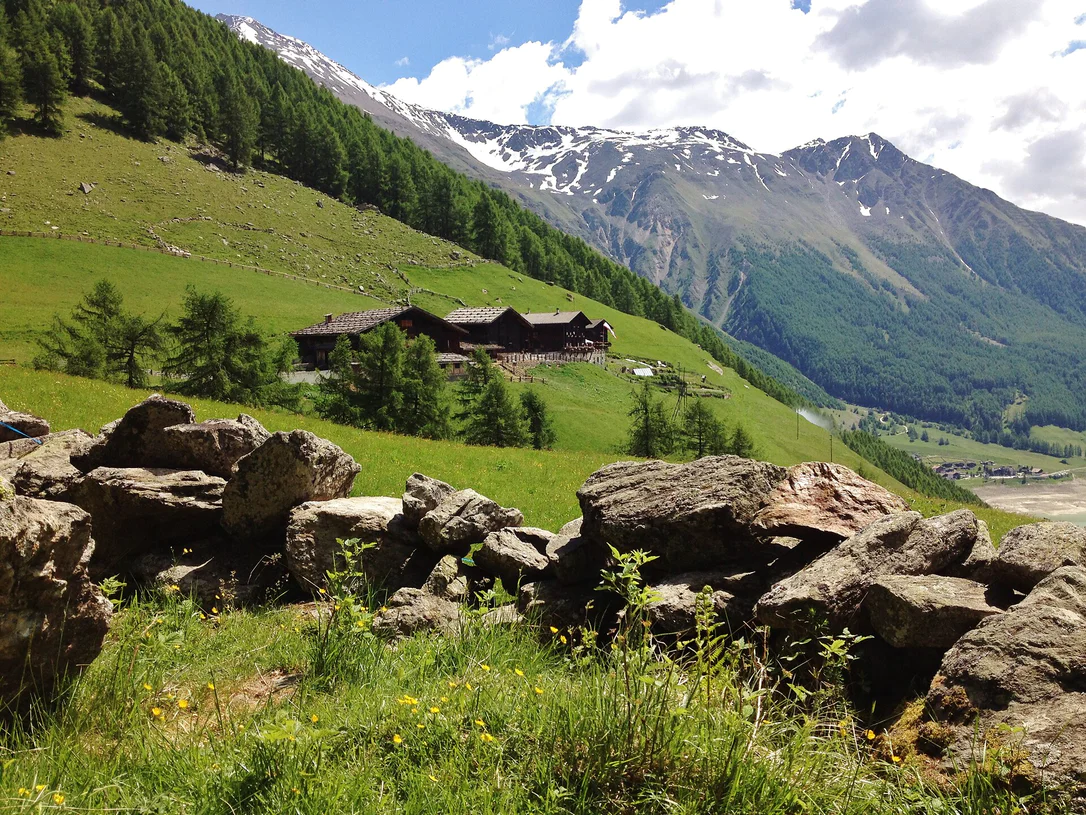The Farmstead Finailhof is one of the oldest farms in Schnalstal Valley, first records date back to the 11th century. It is known for its rare visit in 1416. Those days the farmers harbored Duke Frederick IV by employing him as a shepherd. Until 1967, the farm was highest one in Europe which cultivated cereals. To preserve the rural culture and architecture the entire farm became a listed building in 1981. Today the family Gurschler lives with four generations on the farm and welcomes guests in their „Stube“ and a huge sunny terrace with a great view over the lake Vernago/Vernagt.





























































































